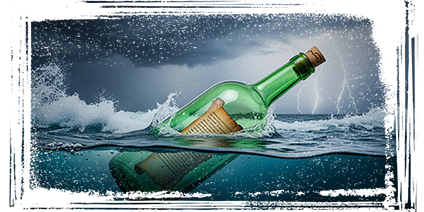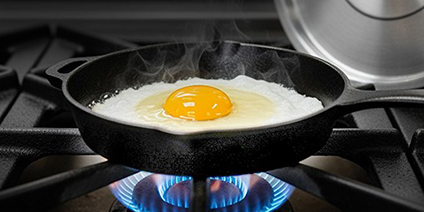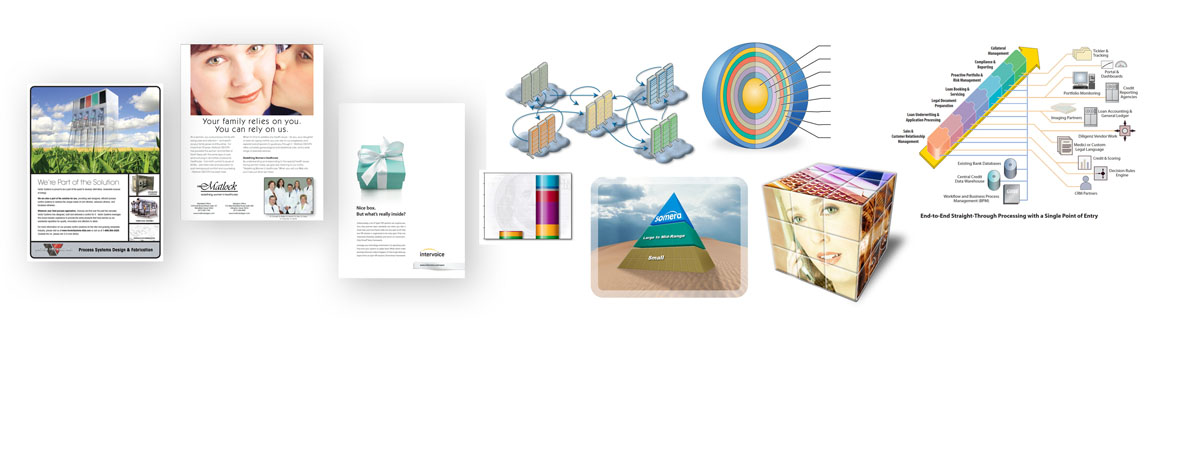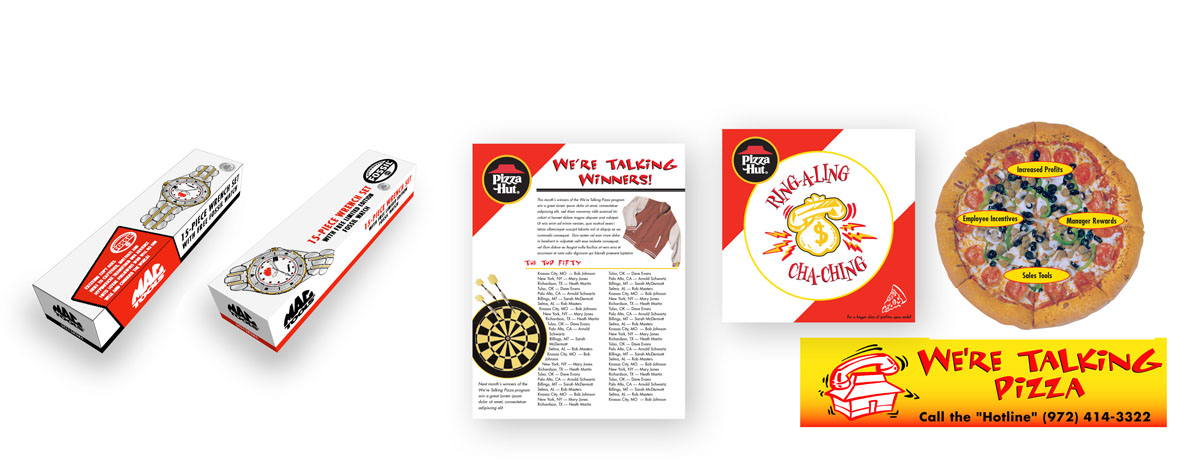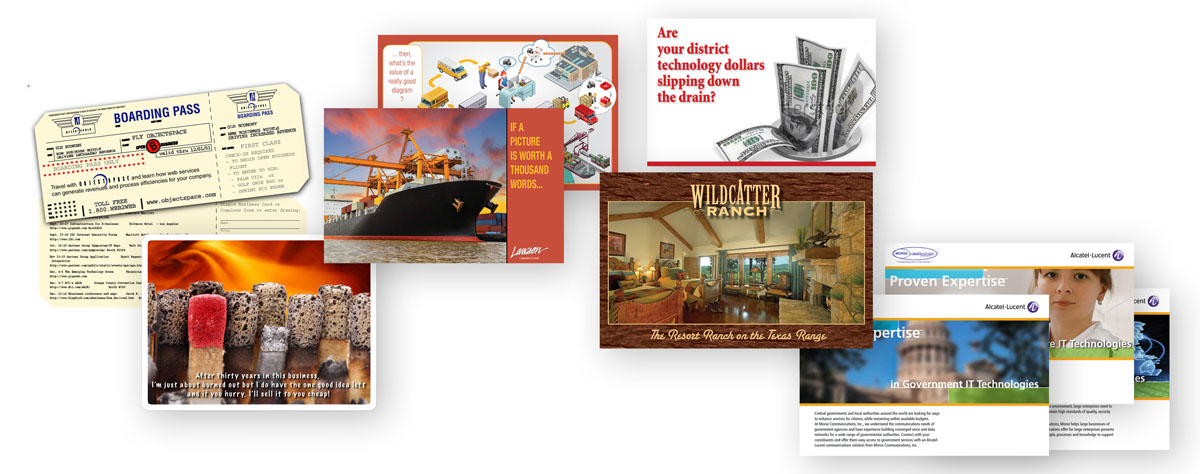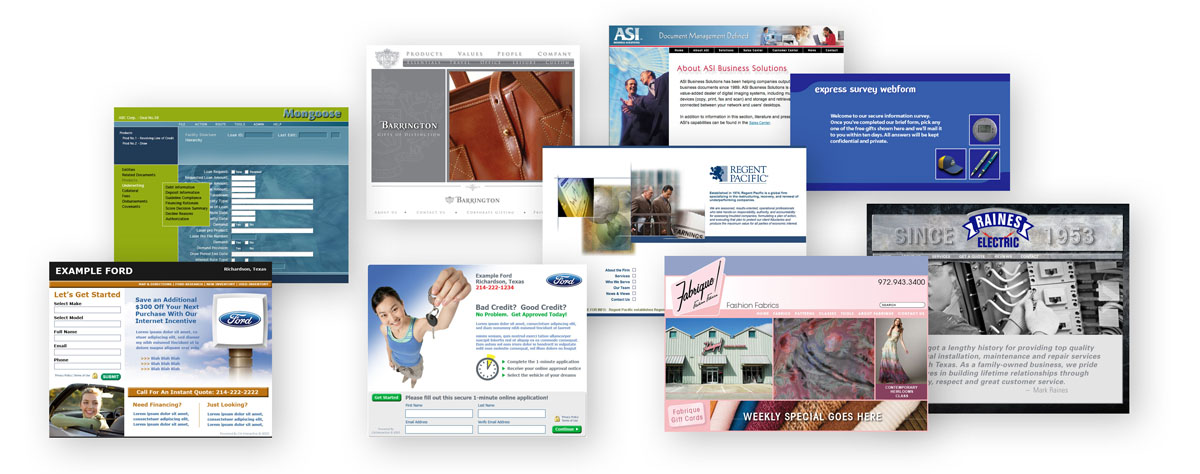BLUE CRABS

BLUE CRABS
I grew up in the small, working-class town of Garland, Texas. While Garland is currently much larger and considered a suburb of Dallas, it wasn’t back then. Dallas was a large town some twenty miles away. Bad things happened in Dallas. People shot and stabbed each other. They even killed presidents, but Garland was safe and secure.
We were all the same. Everyone looked like me, dressed like me, talked like me and, with some slight degree of variation, belonged to middle-class families just like mine. Lying awake in my bed at night, I even assumed everyone else was lying awake, insecure about their future just like me.
Then, it happened. In June of 1973, I had a conversation with a fellow that changed my entire worldview. I suddenly understood two truths — first, that there is a creator who imbued life with meaning and second, that our time on this planet is not all there is to life. Net result: I jettisoned the insecurity that had dominated the first eighteen years of my existence.
I began to try things I never would have tried before — like hitchhiking. I hitchhiked a lot and met loads of interesting people I would have otherwise never encountered. In August of 1973, I headed off to encounter the blue crabs, although I had no idea that particular experience was in store; I was just off to see America.
I ended up in Herndon, Virginia, staying at the home of a man my father had grown up with. Harvey had a daughter my age and I convinced her we should hitchhike to Virginia Beach and see the ocean. When Harvey recovered from the near-stroke my plans brought on, he loaned us his old Volkswagen Beetle and even volunteered some gas money.
In order to avoid any surprise grandkids, Harvey suggested (strongly) that we spend the night at his older brother’s farm, halfway between Herndon and Virginia Beach. I can still imagine the phone conversation Harvey and his brother George must have had preparing for our arrival. As it turned out, George and I got along famously, and I didn’t mind sleeping in the second story bedroom of a hundred-year-old farmhouse while Harvey’s daughter slept downstairs with her relatives.
Since we were headed to the ocean, George told me how to catch blue crabs. He even provided an old metal ice chest and a crab trap. The trap was essentially a wire mesh bucket that was suspended from a thin nylon rope. He wired a raw chicken neck to the inside wall of the trap and packed the whole thing in ice so it would still be fresh when we went out on the pier.
We arrived in Virginia Beach around noon the next day and spent the afternoon swimming and meeting strangers. One fellow even taught me to body surf. That night the two of us strolled onto a fishing pier and experienced not just a great adventure but a whole new culture. Turns out, there was an entire homogenous mini-society that shared their nights on the fishing pier … and we met them all.
There was the great large lady wearing a frilly pink blouse underneath a worn pair of denim overalls and accompanied by her gray toy poodle. Not once throughout the night did I see her without a lit cigarette in her mouth. There were the grouchy retired codgers who had nothing good to say about anyone or anything outside their little night-fishing clan. There was the one-armed Vietnam veteran who consumed at least three six packs of beer from the convenience store at the head of the pier. And every one of them was tending to at least three fishing poles.
Then, there was us — two naïve teenagers looking to catch an ice chest full of blue crabs. Our goal was to catch about two dozen — enough for a hearty meal back at George’s farm the next night. We seriously underestimated. It turns out that blue crabs are herd animals. Once one of them spotted or smelled (can crabs smell underwater?) that tasty chicken neck, they all embraced the lure of the trap. After only thirty minutes, I pulled the trap up to check our progress and dislodged seven big fat blue crabs.
We repeated the process for a couple hours until we had three dozen crabs, but we were having so much fun, we just kept at it until the ice chest was full. I also learned some important lessons about crabs — they’re mean, and those big claws are far more powerful that you would expect. One particularly belligerent fellow actually pinched a hole in the rubber toe of my Converse Allstars.
When fat lady’s toy poodle ventured too close and cranky crab clamped onto its nose, the incident almost ended with a visit from the police. Luckily, there were no cell phones back then. Since all the afore-mentioned goodwill had disappeared along with a chunk of curious poodle’s sniffer, we decided to leave.
George had forgotten to enlighten me on one other point about blue crabs. If you’re going to keep them any time before cooking them, they should be kept in a cooler filled with sea water, not ice. Heading out of Virginia Beach the next afternoon, we encountered stop-and-go traffic, and somewhere about the middle of the Chesapeake Bay tunnel, we began to notice a distinct odor emanating from the back seat. The crabs had died, and somehow, melting, dead-crab-saturated, ice water began leaking out of the old cooler and permeating the Volkswagen’s rear seat.
That night, George was no happy farmer. Not only did he miss the much-anticipated crab dinner, it turns out that uncooked dead blue crabs are extremely toxic and George had to bury them in a deep hole, dug far out in a cornfield, in the dark of night, lest his dogs dig them up and consume the poisonous seafood.
On top of that, the following day, back in Herndon, Harvey was not happy with the new pungent aroma of his Volkswagen Beetle. I seized that opportunity to resume my roadtrip.
But I did learn at least one important life lesson on that trip. Whenever everyone else who looks and acts just like you is clamoring for that tasty chicken neck — or whatever the temptation of the day might be — learn to think for yourself lest you end your days in a stinking, crowded, ice chest in the back seat of a decrepit ‘64 Volkswagen.
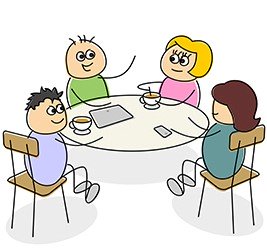 Let’s talk. I’d really like to hear what you have to say, and it might even give me something to write about. Email me at guy@lawsoncomm.com.
Let’s talk. I’d really like to hear what you have to say, and it might even give me something to write about. Email me at guy@lawsoncomm.com.
I’ll buy you coffee and we can compare notes. I promise not to steal your ideas without permission.
![]()
But I still wonder how it was possible, in those graceless years of transition, long ago, that men did not see whither they were going, and went on, in blindness and cowardice.
― Ayn Rand, Anthem

Did someone forward this newsletter to you after reading it themselves? Don’t settle for that!
CLICK HERE
to get a fresh, unused copy of this newsletter sent directly to you every Sunday morning. If you decide it stinks, you can always unsubscribe.
Understanding Cognitive Biases
— Alexander B. Swan
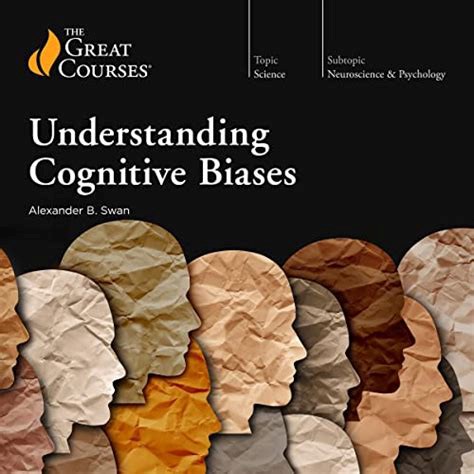
It is at this point that I must admit my growing addiction to audio books by the Great Courses. Swan explores the cognitive process in detail and demonstrates how our brains take helpful shortcuts to limit the amount of processing power needed. He also documents how we take bias-based shortcuts that impede the accuracy of both our memories and our ability to make rational decisions. It’s a great read and it’s free if you have Audible.
A meeting of great minds who think alike


